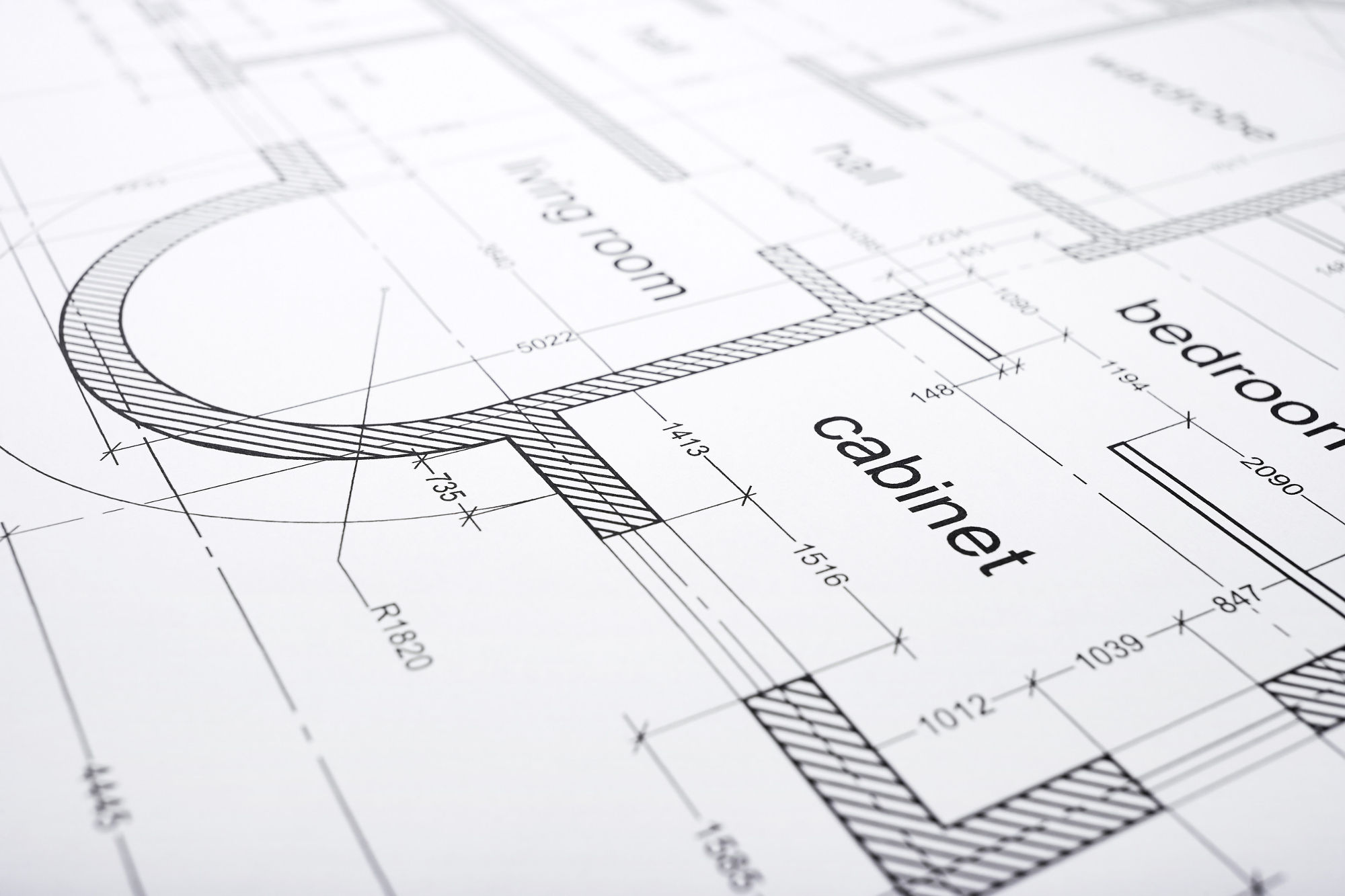Navigating the Maze of Permits and Regulations
November 3rd, 2025 by admin

Building your own custom home is an exciting journey, but it can also be a complex process, especially when it comes to permits and regulations. At Owner Builder Network, we're committed to helping you navigate this maze with confidence. Let's dive into the world of permitting and regulations for owner builders.
Understanding the Importance of Permits
Permits are more than just bureaucratic red tape; they're essential safeguards that ensure your home is safe, structurally sound, and compliant with local building codes. Here's why they matter:
- Safety: Permits ensure your home meets safety standards, protecting you and your family.
- Legality: Building without proper permits can lead to fines, delays, or even forced demolition.
- Resale Value: Unpermitted work can complicate future sales or refinancing.
- Insurance: Some insurers may not cover damage in unpermitted structures.
Common Types of Permits for Home Construction
While specific requirements vary by location, here are some common permits you might need:
- Building Permit: The main permit for new construction or major renovations.
- Electrical Permit: For any electrical work in your home.
- Plumbing Permit: Required for new plumbing installations or major changes.
- HVAC Permit: For heating, ventilation, and air conditioning work.
- Demolition Permit: If you're tearing down an existing structure.
- Grading Permit: For significant changes to your land's topography.
Navigating Local Regulations
Regulations can vary significantly between jurisdictions. Here are some key areas to research:
- Zoning Laws: These determine how you can use your property and may affect your home's size, height, or placement.
- Building Codes: These set standards for construction methods and materials.
- Environmental Regulations: These may include rules about wetlands, protected species, or tree removal.
- Historic Preservation: If you're in a historic district, there may be additional restrictions.
The Permitting Process: A Step-by-Step Guide
- Research: Understand your local requirements before starting your project.
- Plan: Develop detailed plans and drawings of your proposed home.
- Apply: Submit your plans along with permit applications to your local building department.
- Review: The department will review your plans for compliance with local codes.
- Revise: If needed, make any required changes and resubmit.
- Approval: Once approved, you'll receive your permits.
- Inspections: Schedule required inspections at various stages of construction.
- Final Approval: After passing all inspections, you'll receive final approval or a certificate of occupancy.
Tips for a Smooth Permitting Process
Here are some strategies to help streamline your permitting journey:
- Start Early: Begin researching permits and regulations well before you plan to build.
- Be Thorough: Provide complete, accurate information in your applications.
- Stay Organized: Keep all documents and correspondence related to your permits in one place.
- Build Relationships: Cultivate good relationships with local building officials.
- Ask Questions: Don't hesitate to seek clarification if you're unsure about requirements.
- Consider Professional Help: An architect or permit expediter can navigate complex situations.
How Owner Builder Network Can Help
At Owner Builder Network, we understand that the permitting process can be daunting. That's why we're here to support you every step of the way. Our services include:
- Guidance on local regulations and permit requirements
- Assistance with permit application preparation
- Connections to professionals who can help with complex permitting situations
- Support throughout the inspection process
Remember, while permitting and regulations may seem overwhelming, they're a crucial part of ensuring your dream home is safe, legal, and built to last. With the right knowledge and support, you can navigate this process successfully and move one step closer to building your custom home.
Conclusion
Building your own home is a rewarding experience, and understanding permits and regulations is a key part of that journey. By being informed and prepared, you can navigate this process with confidence. At Owner Builder Network, we're committed to empowering you with the knowledge and support you need to build your dream home successfully and legally.
Ready to start your owner-builder journey? Contact us today to learn more about how we can help you navigate permits, regulations, and every other aspect of building your custom home.
Posted in: Building Projects


